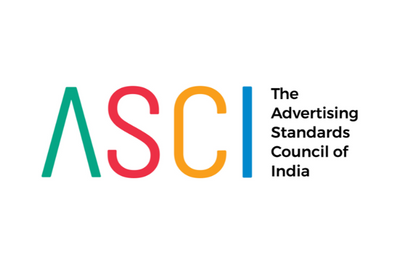
The Advertising Standards Council of India (ASCI) the self-regulatory board for advertising content in India, has announced the final set of guidelines for advertising across the educational sector. The new advertising code will come into force from the 1st of December this year.
Four sub-clauses of importance were introduced into the code after receiving different feedback and inputs from the general public as well as educational institutions. The new guidelines can be accessed on ASCI’s website- www.ascionline.org
The suggestions the ASCI received indicated that the ads claimed high ranking and also had issues with students’ testimonials and job placements.
Commenting on the new code, Rajiv Dube, ASCI’s newly elected chairman, said, “Education is a sector that is critical to the country’s future. We received a number of suggestions and inputs on the draft guidelines, largely from lay citizens and institutes. Such a response reinforced the importance we placed on the education sector and the need to treat it as a special case. We now know that our belief is a major public concern too, and sincerely hope that the code will reduce incidences of wrongful advertising in the education sector.”
The final code prohibits advertisements which show comparative ranking of institutes without giving details of the ranking organisation and the date the ranking was published. Along with this a clause was added which prohibits the display of a building or infrastructure from models and computer graphics, requiring institutions to show actual and existing facilities if at all the facilities are shown in the ads.
ASCI’s new code also attempts looks to get rid of misleading testimonials of students who may not even have been part of the educational programme, exam or subject. According to the new clause it is compulsory for advertisements to give exact details of the students giving testimonials. The new code also makes it mandatory for advertisers to mention total number of students who passed out from the class, whenever they claim an absolute number of students placed in jobs.
Along with all of this, the ASCI prohibits institutions and programs from claiming recognition, authorisation, accreditation, or affiliations without providing proper evidence. The guidelines also require that the name and place of the affiliated institution which provides degrees and diplomas on behalf of the advertiser and which may not be accredited by a mandatory authority, is also prominently displayed in the ad.
The new guidelines for the TVCs means that educational institutions will not be able to promise jobs, admissions, job promotions, salary increase, etc. without providing evidence for such claims and also assuming full responsibility in the same advertisement.
These guidelines follow the guidelines that the ASCI had created for advertisements in the Automobile and F&B sectors.


.jpg&h=268&w=401&q=100&v=20250320&c=1)


.jpg&h=268&w=401&q=100&v=20250320&c=1)


.jpg&h=268&w=401&q=100&v=20250320&c=1)
.jpg&h=268&w=401&q=100&v=20250320&c=1)
